Special Feature
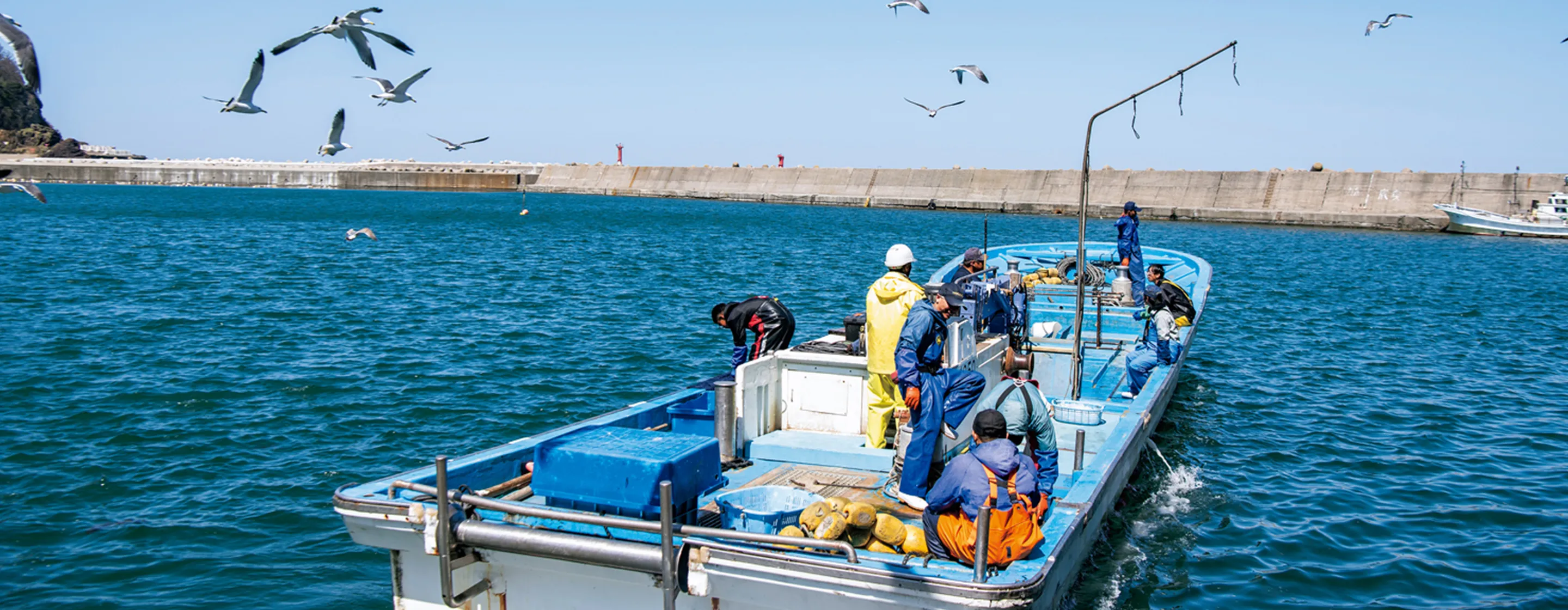
Fish for Every Season in Shonai
In the Shonai region, the taste of fish is intrinsically linked to nature and the changing seasons: trout in the springtime, brown sole when the rainy season is approaching, sailfin sandfish in the stormy winter season, and Pacific cod in the coldest months.
I can remember my grandmother eating brown sole, deftly teasing the delicate fish from the bones with her chopsticks before adding soy sauce, bringing it to her lips and savoring the taste.
She would urge us to eat the whole fish, fins and all. The taste still lingers in my memory. The cycle of the four seasons, the fish of the Shonai coast, and the history of life in this region. The people of Shonai truly love eating fish.
Cherry Salmon
In season from March to May, cherry salmon is known as a harbinger of spring. It is a delicacy at spring festivals in Shonai, and locals are said to always eat it on festival days, even if it is expensive.
“At the Sakata Festival, cherry salmon is served grilled with no extra flavorings. With its characteristic exquisite fat content, ‘river trout’ is a particularly prized delicacy,” explains Norikazu Ishidera, manager at Izutsu, a restaurant serving traditional Japanese food. River trout is a local name that accurately describes the ecology of this fish.M.
Cherry salmon are born in rivers, then migrate to the ocean before swimming back up the river to spawn. They turn cherry blossom pink before spawning, which gives them their name. River trout refers to fish caught before spawning when they start swimming upstream in local rivers like the Mogami River and Akagawa River.
“Fish of the salmon and trout family have a distinctive grassy flavor. The taste and quality of the fat are said to change as they migrate from seawater to freshwater,” explains Takaaki Chubachi of Yamagata Prefecture’s Shonai Office Fisheries Promotion Division.
Fish born from the same parents are called cherry salmon if they migrate to the ocean, or yamame if they stay in the river. When the yamame loses its markings and gets silvery scales, this is a sign that it can go out to the ocean. Once they reach the ocean, cherry salmon swim beyond the Oga Peninsula and Hokkaido as far as the Sea of Okhotsk. One year later they return to the river where they were born, spawning with male cherry salmon and yamame to complete their life cycle.
Ankake is a local cherry salmon dish unique to the Shonai region. Steamed fillets of the fish are served with udon noodles in Sakata or somen noodles in Tsuruoka, topped with a sweet sauce.
“In the past, families would often eat this dish at home, but fewer people make it now. Festival delicacies are also comprised of dishes unique to Shonai. However, if we stop making food like this, people will forget how to make it and what it tastes like. I believe that chefs like myself must continue to serve these dishes to pass on our local food culture to future generations,” says Ishidera.
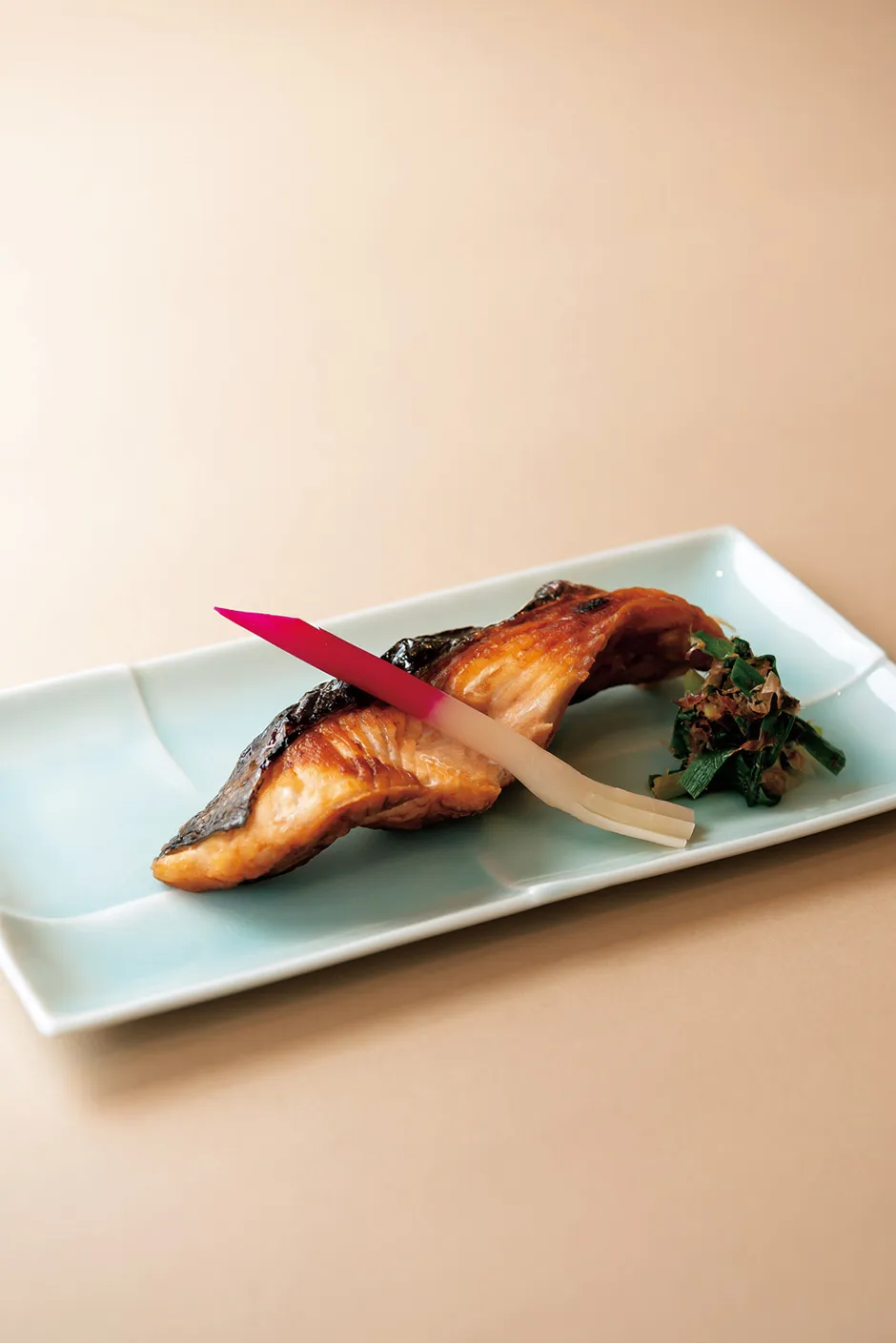
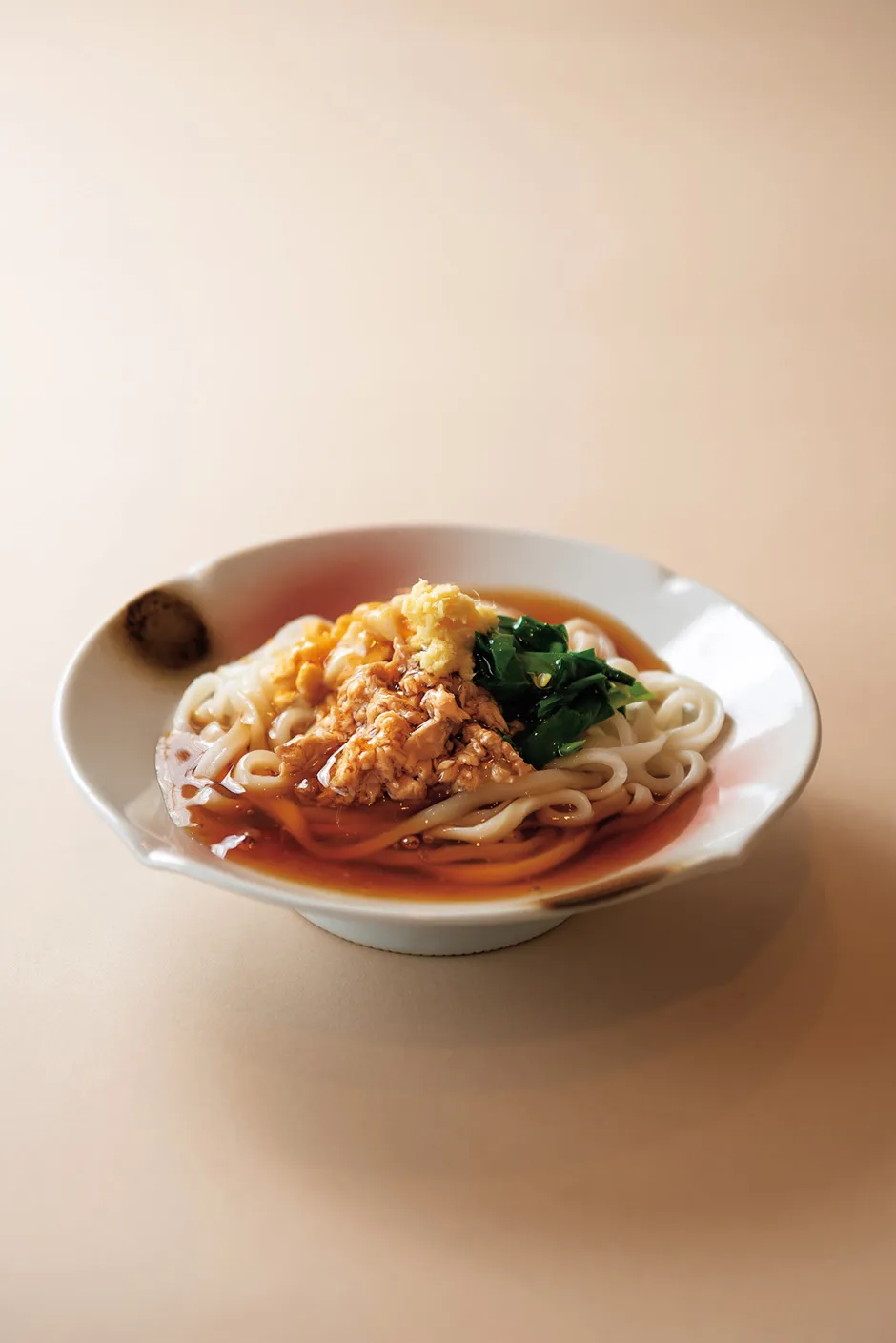

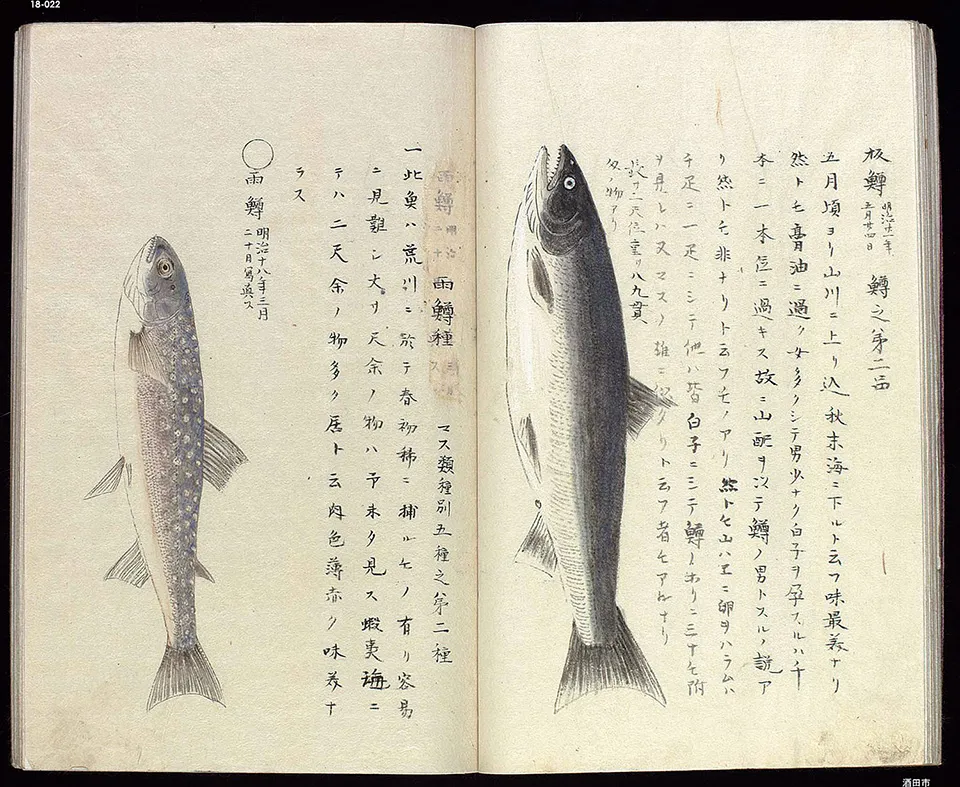
Sea Bream
When the snow melts and spring comes to Shonai, many fish migrate to the coast to spawn. One such species is the red sea bream, nicknamed “sakura dai” or “cherry bream” in a beautiful nod to its springtime arrival. Sea bream usually refers to this red sea bream, which is served at spring festivals alongside the cherry salmon, and is an essential part of any special occasion in Shonai.
“In every season, there are fish that are starting to appear, fish at their delicious peak in plentiful supply, and fish reaching the end of their season. Red sea bream can be caught at any time of year, but are at their best in April–May and November–December when the flesh is thick and fatty. They can be caught in large numbers, particularly in springtime when they swarm to natural reefs to spawn. Sea bream live in coastal seaweed beds and sandy areas when they are young, moving to rocky areas further out to sea as they mature,” says Takaaki Chubachi of the Fisheries Promotion Division.
“In the past, a whole sea bream would always be served in a box at weddings,” recalls Jun Okazaki of Sakanatei Okazaki, a fish restaurant in Tsuruoka City. She says some customers ask her to grill the bones of a sea bream after they have finished eating it. They pour hot water over the bones in a bowl and eat them with soy sauce, seaweed, and green onions.
At weddings in the Yura area, there is a tradition for the bride and groom to eat a whole grilled sea bream one bite at a time. “Sea bream is my favorite fish. It has a richer flavor than ordinary white fish, and you can make a good stock from the fish bones. Sea bream can be eaten raw as sashimi or cooked, and goes well with any cuisine: Japanese, Western or Chinese. Perhaps this is why it has been prized since ancient times.”
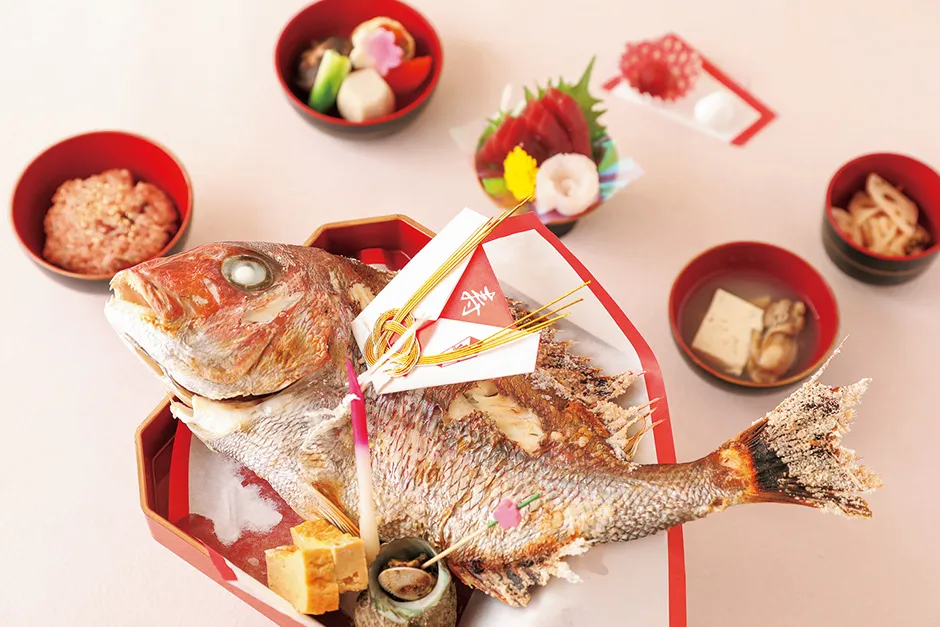
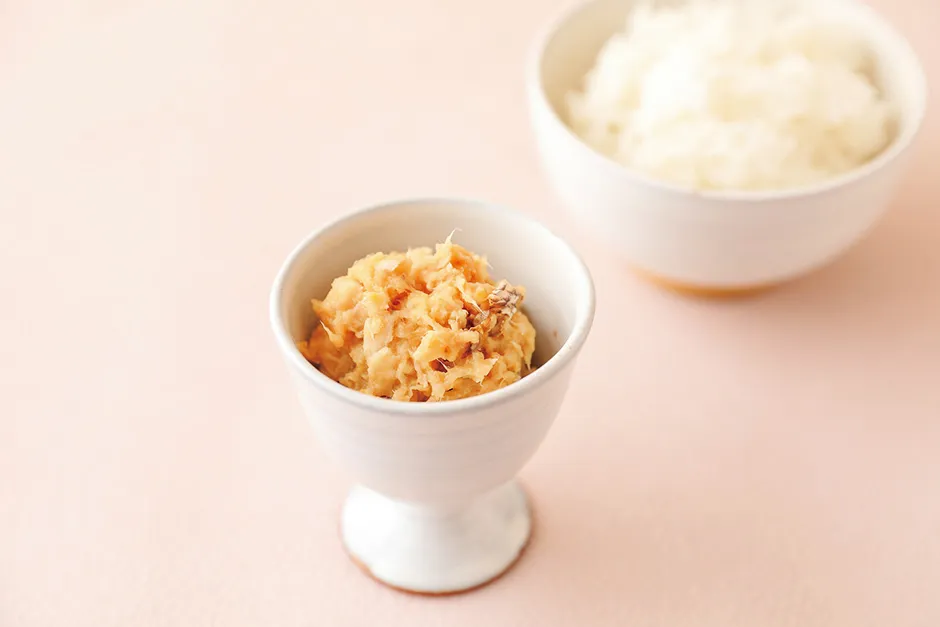
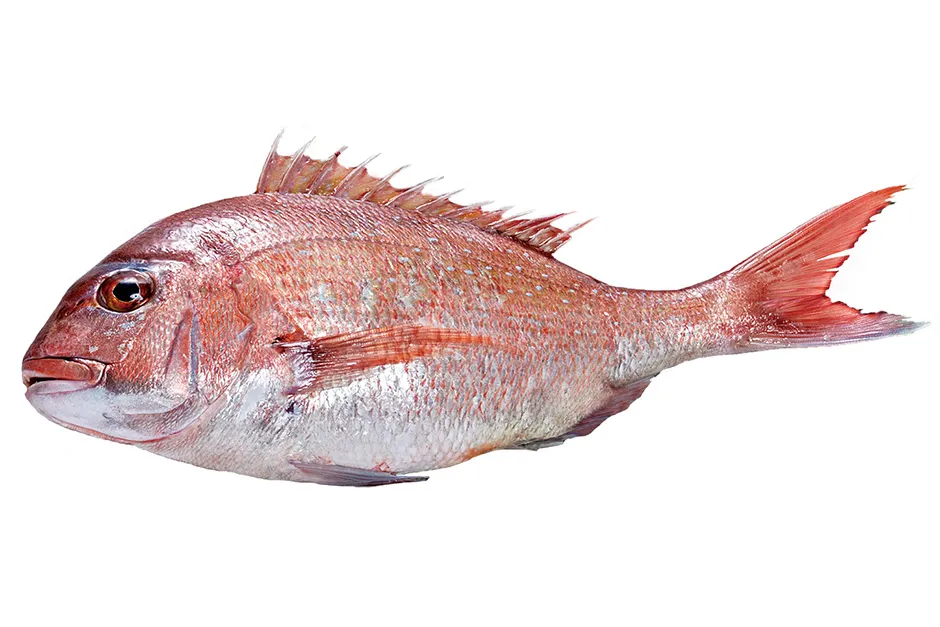
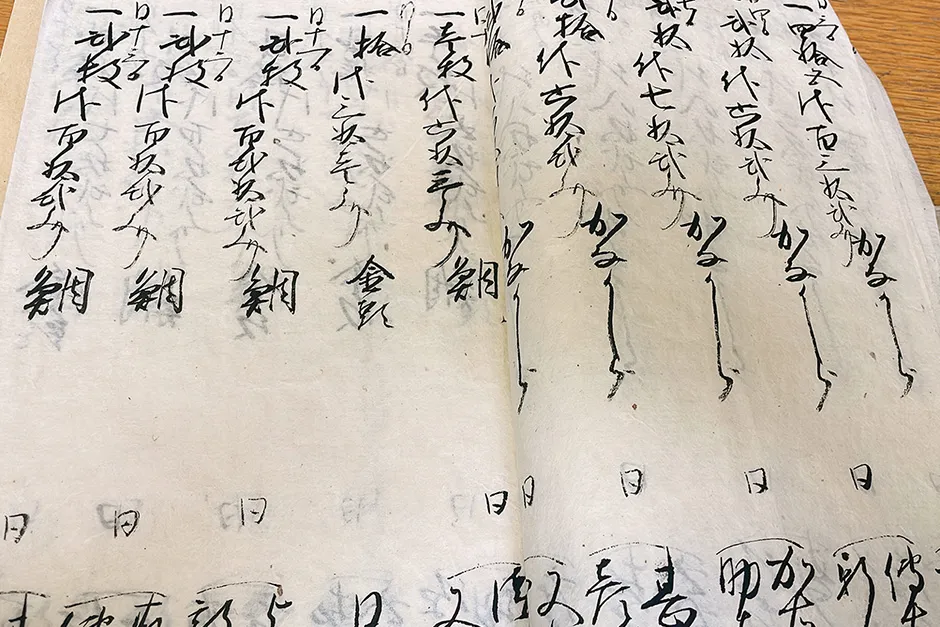
Brown Sole
The people of Shonai fondly refer to the brown sole as “kuchiboso garei.” There are many different types of flatfish but according to “Tastes of Shonai” by Chintaro Ito (1981): “The most delicious flatfish of the Shonai coast are the brown sole and marbled sole. In season, they have a simple elegance with many layers of flavor.” The same book also describes flatfish caught on rocky beaches as “hiding an inherently sophisticated flavor.”
Flatfish gather to spawn in the shallow waters of the Shonai coast from February, where they are caught with gill nets. Outside the spawning season, they live in sandy or muddy areas at depths of around 150 meters. From mid-June onwards they are caught by the fishing method of bottom trawling, which is banned from July. This means the fishing season runs from early spring to June, and from September onwards when the ban is no longer in force.
When they are in season, many types of flatfish from other areas are also available. Even though Shonai’s fishing catch becomes unreliable and prices rise around June, many people still insist on eating local varieties.
“Amber-colored brown sole is delicious when summer is on its way,” agrees Okazaki of Sakanatei Okazaki. “They are not very big, but the flesh is thick, and becomes soft and flaky when grilled. If you add a little soy sauce, the fish is meltingly delicious.”
Her restaurant serves dishes like grilled brown sole every year when it is in season. “At Sakanatei Okazaki, we grill it upright on a skewer. That way, any odor comes out through the mouth together with excess moisture. We grill it starting with the fins, because even the fins and tail of the brown sole are tasty in their own way.”
This is a fish you cannot help craving when it comes into season. Brown sole is the taste of the Shonai coast as spring turns into summer.
-
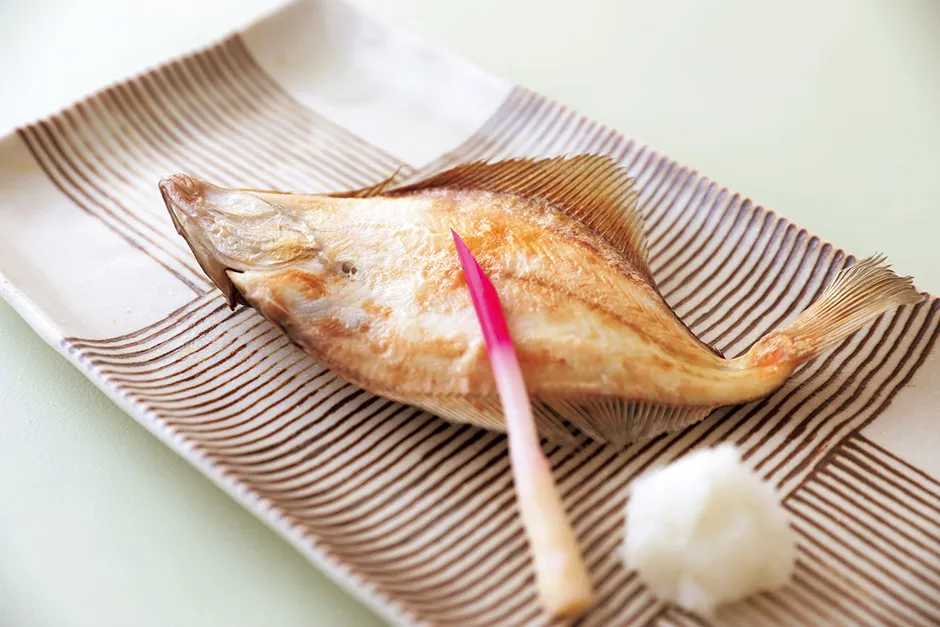
Grilled brown sole -
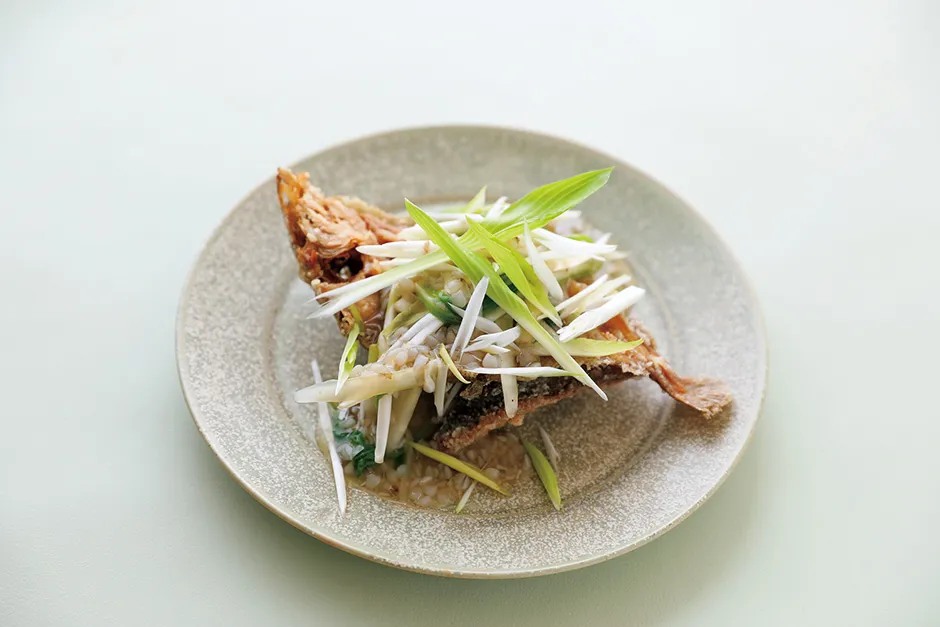
Fried brown sole with urui (wild vegetable) and buckwheat ankake -

Brown sole -
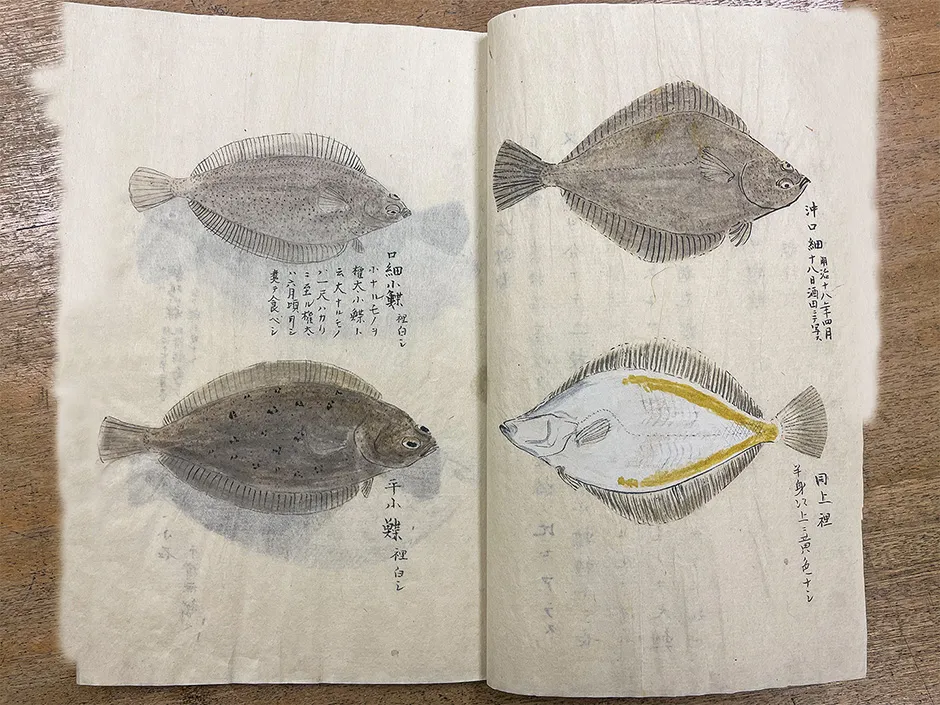
The “Ryou Hakubutsu Zufu” (Ryou Illustrated Album of Natural History) by Taneyasu Matsumori includes pictures of different kinds of flatfish, drawn in April and June 1885 to 1886. -
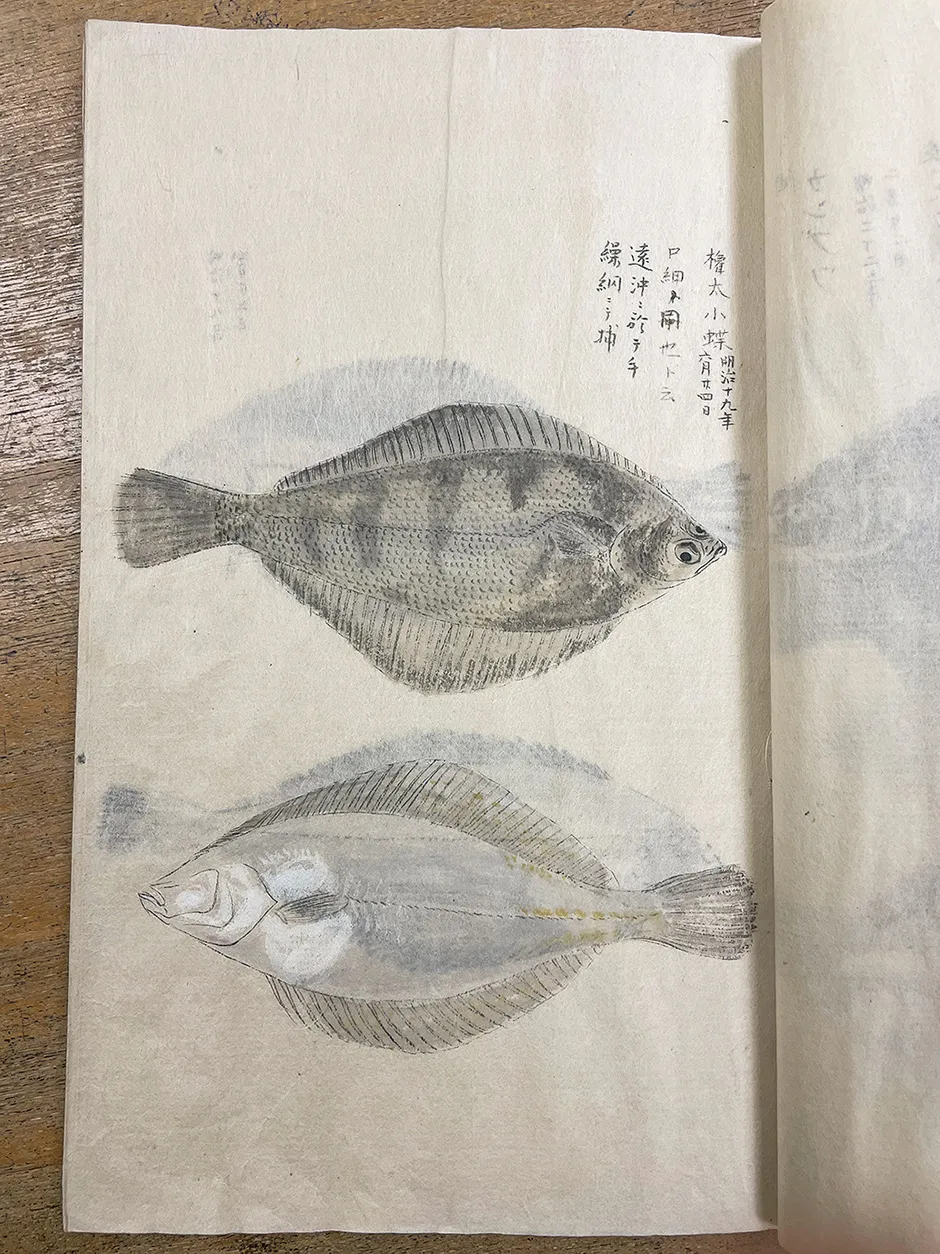
-
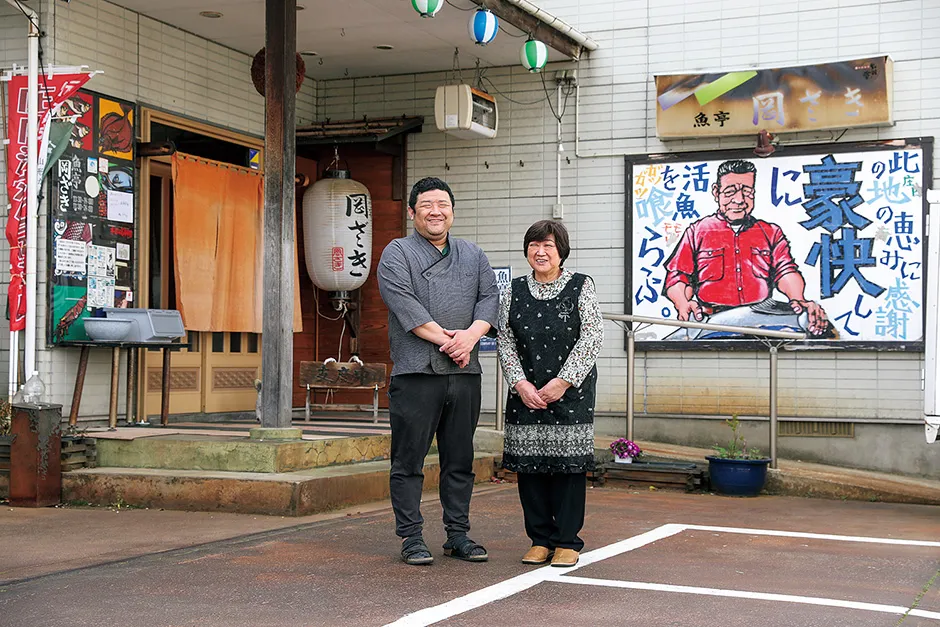
Jun and Masaya Okazaki, owners of Sakanatei Okazaki
